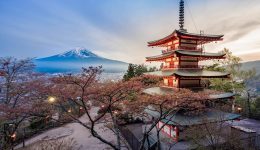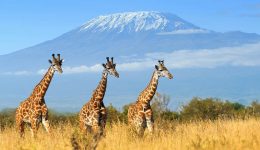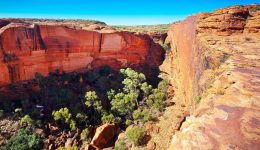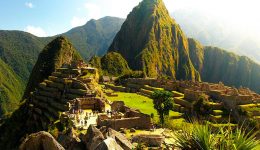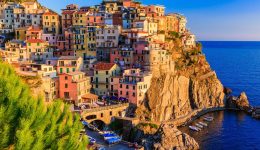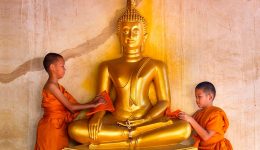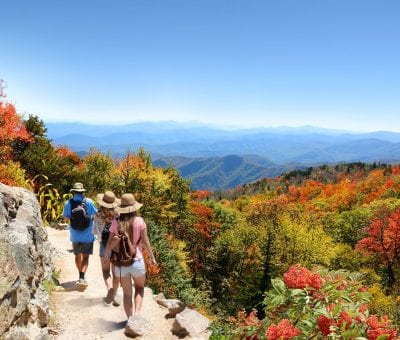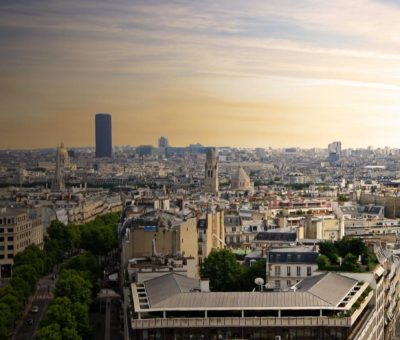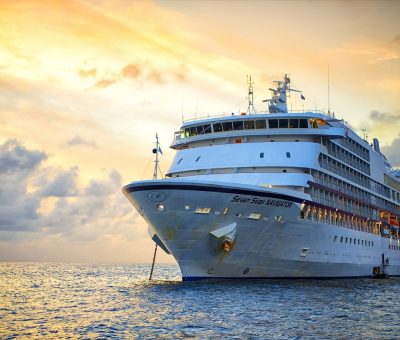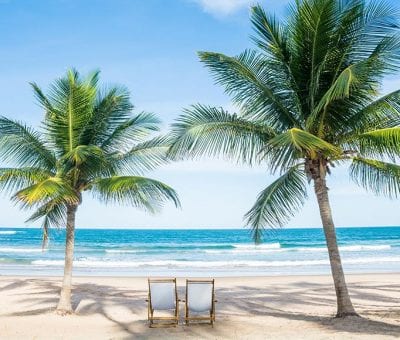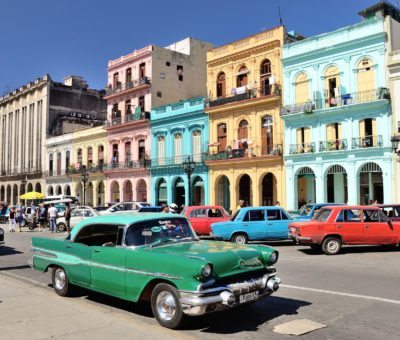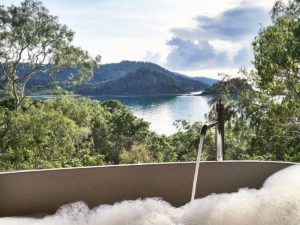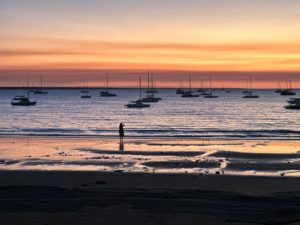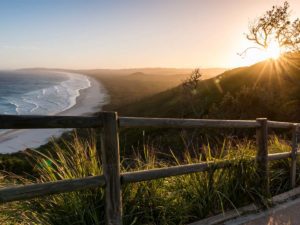Spotlight on Tanzania
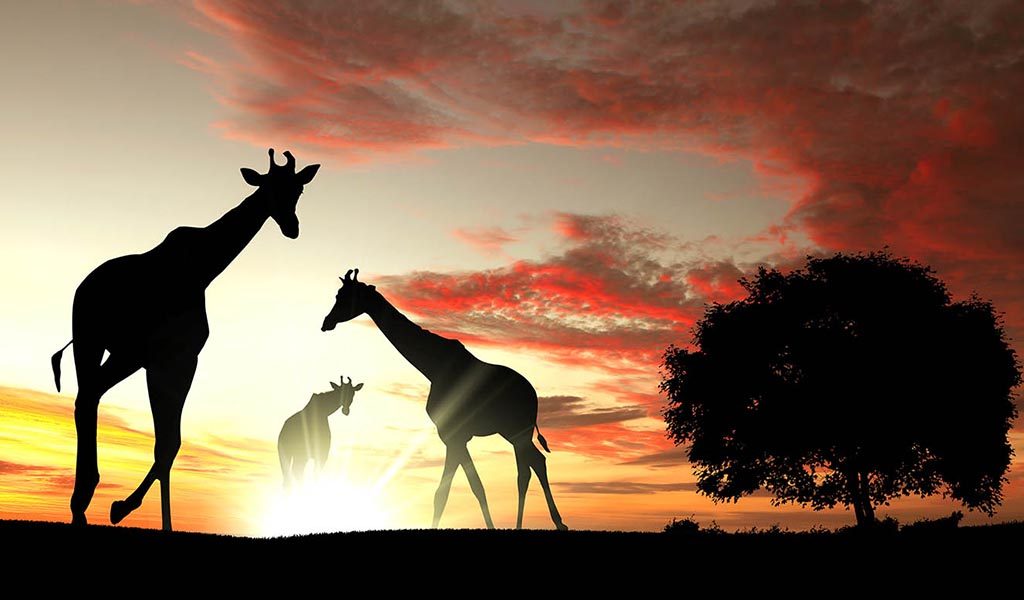
Tanzania is the authentic Africa, a destination of impressive natural, cultural and historical wealth. It is a land of great marvels – Serengeti, Ngorongoro, Kilimanjaro, and Zanzibar – boasting Africa’s highest mountain, deepest lake, and largest inland body of water, largest game reserve, most famous national park and most abundant movement of wildlife. Its snow-capped peaks, fertile coral reefs, primate-rich virgin rainforest, rolling African savannah and friendly people make it an ideal choice for first-time safari visitors and experienced enthusiasts alike. With over four million wild animals, nowhere else on earth are wildebeest, gazelle, zebra and antelope seen in such enormous numbers. Tanzania’s parks and game reserves offer unrivalled safari experiences and wildlife spectacles with one of the highest concentrations of elephant, buffalo, crocodile, hippo, hunting dog and chimpanzee. The Serengeti National Park and Ngorongoro crater are two of the best places for spotting cheetahs, leopards, and tree-climbing lions; the Gombe and Mahale National Parks boast chimpanzee sanctuaries; Selous is home to packs of rare wild dogs and, on the Ruaha savannah, great herds of elephants roam. Put simply, Tanzania is a veritable wild Garden of Eden.
Rising from Tanzania’s savannah is the snow-capped peak of Mount Kilimanjaro. Usually veiled by clouds, the summit is a magnificent sight – on a clear day! Climbing Africa’s highest mountain presents a great challenge to the determined traveller but rewards them with wonderful mountain scenery, stunning views of seemingly endless savannahs, and the achievement of a lifetime.
Zanzibar offers travellers an entirely different Tanzanian experience away from game reserves and vast plains. With its turquoise seas, pristine beaches and luxury hotels one feels that they are ‘in paradise’ (Dr Livingstone, explorer, missionary and colonialist, certainly said so). It is the perfect place to relax on a tropical beach, and is an ideal complement to any African safari.
Its capital Stone Town, recently declared a World Heritage Site by UNESCO, reflects the diverse influences of Swahili culture merged with Moorish, Arab, Persian, Indian and European elements. Once a flourishing trade port for spice and slave trading, it is a town rich in history and architecture that’s best explored on foot. Narrow and winding alleys, bustling bazaars, mosques and grand Arab houses extravagantly decorated with brass-studded, carved, wooden doors exhibit grandeur from days gone by. Mafia Island Marine Park sits just offshore, and is a haven for snorkelling the local reefs. Day tours visit working plantations where the island’s legendary spices are grown, as well as underground forts where slaves were incarcerated to await their fate. Luxury accommodation, cafes, restaurants and an art gallery provide a modern-day reprieve for overstimulated imaginations and tired feet.
Ultimately, it is the ocean and its beaches that draw visitors to a Zanzibar island holiday. The islands of Pemba and Mafia are world renowned snorkelling and diving destinations with incredible water clarity, sheer coral cliffs and the chance to swim with whale sharks. Wooden sailing boats, known as dhows, glide across turquoise seas to remote islands and pristine beaches; their sails as white as Zanzibar’s sandy shores. Colours appear richer here than anywhere else on earth – the sky is bluer, the palm trees greener – but what remains vivid in the memories of all who visit her is the famous Zanzibar sunset (best viewed with glass of bubbly in hand!).
When to go
For game viewing, the best time to visit Tanzania depends on your National Park preference: Tarangire and Katavi National Park are best visited during the dry season (June to mid-October); the wet season is the best time to see the Serengeti’s enormous herds of wildebeest. The dry season is the best time for seeing predatory animals in Tanzania.
Zanzibar’s finest weather occurs between June and October; it is very hot from December to March. Avoid the ‘long rains’ between March and June. There are also ‘short rains’ in November and early December.

